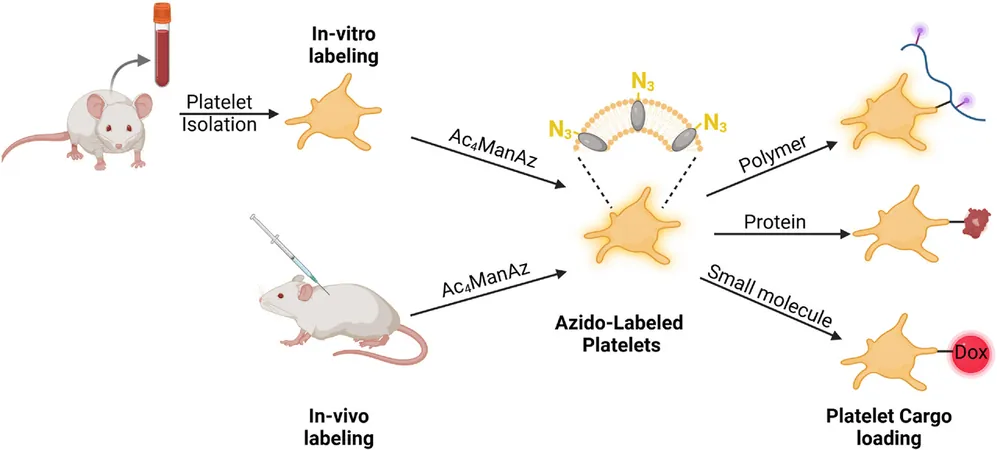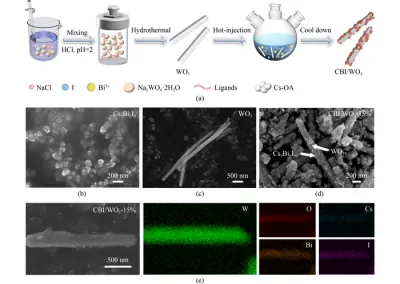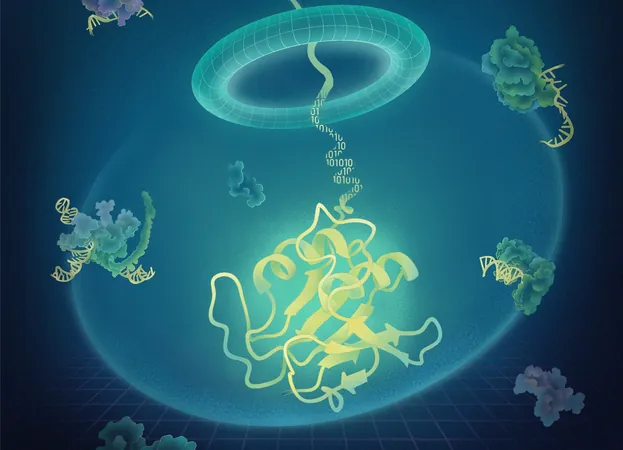
Revolutionizing Drug Delivery: Scientists Unveil Metabolic Labeling in Platelets!
2025-05-29
Author: Wei
Unlocking New Horizons in Targeted Drug Delivery
Researchers from The Grainger College of Engineering at the University of Illinois Urbana-Champaign have opened up an exciting new frontier in the world of targeted drug delivery. Their groundbreaking study, featured in Materials Today Bio, details the first-ever successful metabolic labeling in platelets, a major breakthrough in biomedicine.
Why Platelets? The Perfect Delivery Vehicle!
Platelets are tiny, anucleate cell fragments that play a crucial role in our body's ability to clot blood at injury sites. Their unique characteristics make them ideal candidates for targeted drug delivery, yet engineering these small yet mighty cells has been a challenge due to their simplistic structure.
"Typically, scientists can genetically or chemically modify cells, but platelets lack the nucleus necessary for such techniques," explained Assistant Professor Hua Wang, the senior author of the study. Instead of traditional methods, researchers explored a chemical tagging approach to enhance the potential of platelets.
The Magic of Metabolic Glycan Labeling
This innovative method involves using chemical tags—tiny molecules that can shed light on the activities of biomolecules like proteins and lipids. By incubating platelets with a sugar compound and allowing it to metabolize, scientists can observe these tags on the platelet membrane through a process known as metabolic glycan labeling.
Previously, this technique had been limited to rapidly dividing cells, leaving researchers questioning whether they could apply it to anucleate cells like platelets. Fueled by curiosity, Wang and his team dove headfirst into this groundbreaking research.
From Lab to Life: In Vitro and In Vivo Breakthroughs
The researchers first tested their tagging method in vitro, successfully culturing mouse platelets with the sugar compound and observing chemical tags forming on their surfaces within hours. Advanced techniques including flow cytometry and fluorescent microscopy validated these promising results.
Taking their findings a step further, they then shifted to in vivo experiments. When they injected mice with the sugar compound, they achieved the same remarkable results, visualizing and measuring these chemical tags effectively.
A Game Changer for Disease Treatment
This metabolic labeling technique brings a wave of optimism for using specially tagged platelets in combatting various health conditions, from cancer and immune diseases to blood clotting disorders. Given that platelets have a short half-life, the attached drug cargo is quickly cleared from the body, alleviating concerns about long-term drug persistence.
What's Next? Enhancing Metabolic Labeling Technology
The research team at Illinois Grainger Engineering plans to collaborate with external laboratories to refine their drug delivery methods. They aim to improve the stability and capacity of platelets to carry larger quantities of therapeutic cargo.
"We're confident about how much cargo we can load and their stability," Wang stated. "Our lab is excited to further enhance the efficiency of metabolic labeling, which holds great potential for researchers across the field!"



 Brasil (PT)
Brasil (PT)
 Canada (EN)
Canada (EN)
 Chile (ES)
Chile (ES)
 Česko (CS)
Česko (CS)
 대한민국 (KO)
대한민국 (KO)
 España (ES)
España (ES)
 France (FR)
France (FR)
 Hong Kong (EN)
Hong Kong (EN)
 Italia (IT)
Italia (IT)
 日本 (JA)
日本 (JA)
 Magyarország (HU)
Magyarország (HU)
 Norge (NO)
Norge (NO)
 Polska (PL)
Polska (PL)
 Schweiz (DE)
Schweiz (DE)
 Singapore (EN)
Singapore (EN)
 Sverige (SV)
Sverige (SV)
 Suomi (FI)
Suomi (FI)
 Türkiye (TR)
Türkiye (TR)
 الإمارات العربية المتحدة (AR)
الإمارات العربية المتحدة (AR)